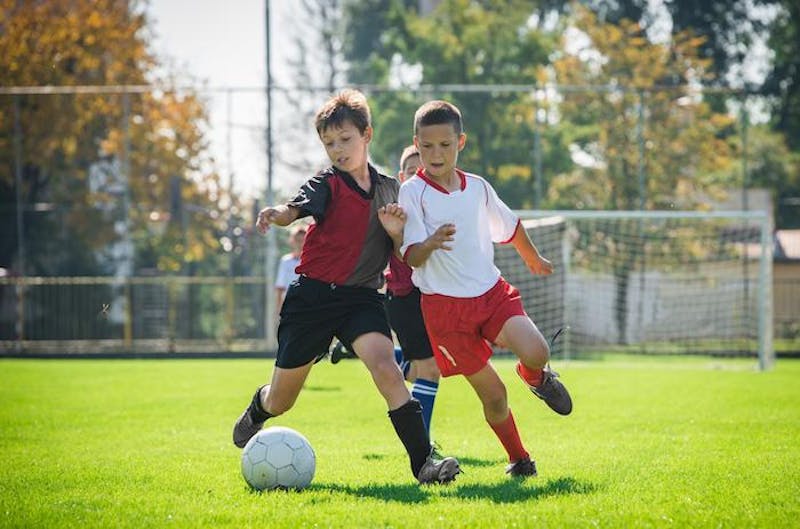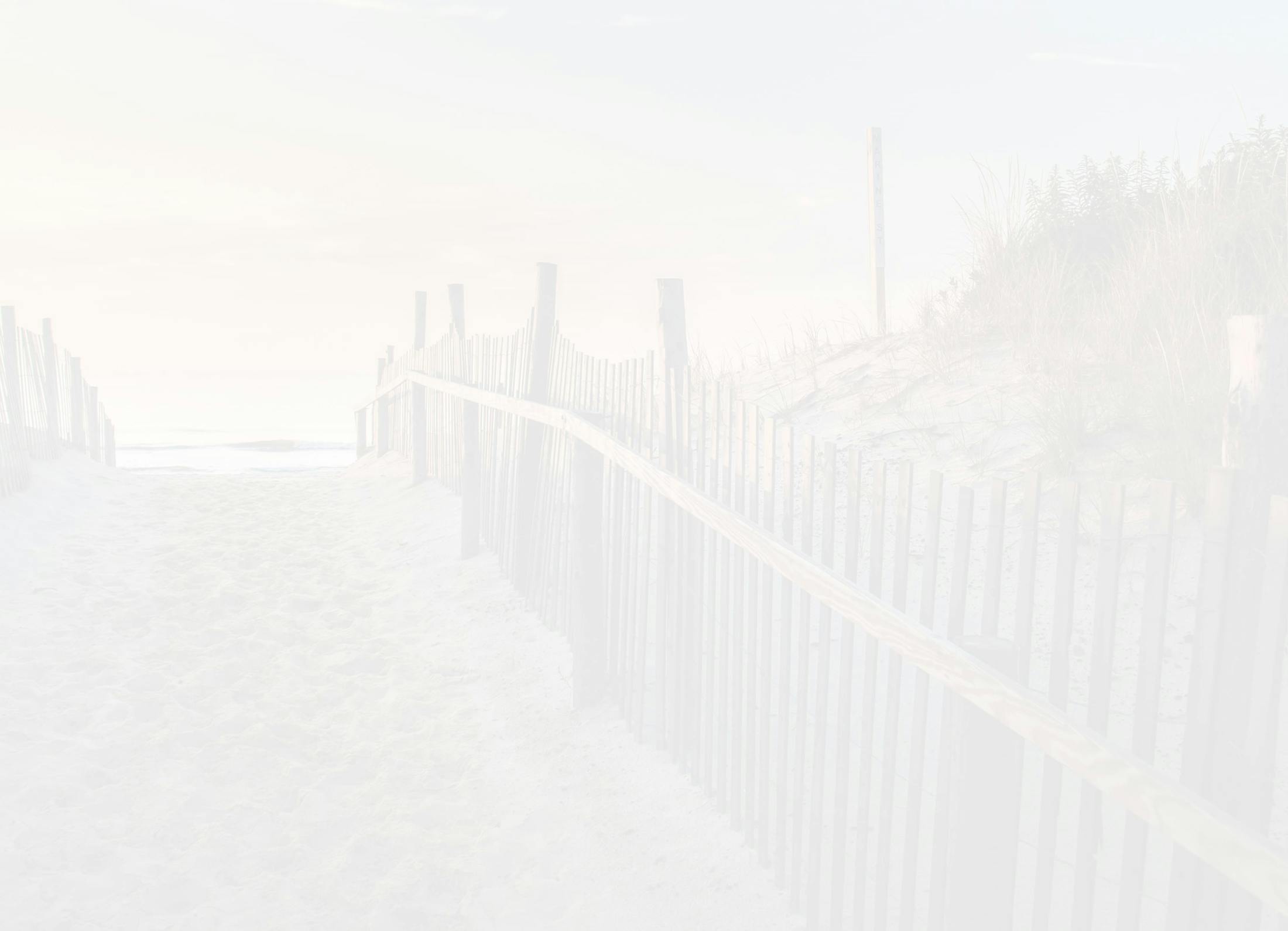
Your spine is a vital part of your body’s physical movement. Without it, you would not be able to stand, bend, or twist your upper body. Scoliosis creates a sideways curve (in a C or S shape) in your spine, causing problems for basic physical activity in severe cases. Sadly, 3 million new cases are diagnosed every year. If one of them is your child, you may be wondering if it’s possible for them to engage in sports and other physical activities.
For parents of children with scoliosis in the Shrewsbury, Toms River, and Edison, New Jersey, areas, there’s a practice with years of expertise and experience to help. Drs. Marc Menkowitz, Steve Paragioudakis, and the staff at the Center for the Functional Restoration of the Spine specialize in treating chronic, acute, and congenital spine disorders.
How do children get scoliosis?
Scoliosis can be caused by birth defects; neuromuscular conditions, such as cerebral palsy or muscular dystrophy; spinal injuries; and infection. Hereditary factors frequently cause this condition to run in families.
There are six different types of scoliosis, including Idiopathic scoliosis, a type with no known cause. This type is the most common for children, with adolescent idiopathic scoliosis (affecting children ages 11-18) being the most prevalent.
Symptoms often start during the growth spurt just before puberty, and girls are at higher risk of getting scoliosis than boys. Children dealing with this may notice uneven shoulders, waist, ribs, and hips, back pain, numbness, weakness, and their head not being centered on their shoulders. Whether or not they can participate in sports depends on how soon they get help.
What problems can it cause?
Your spine has three natural curves from the base of your skull to your pelvis: inward at your neck, outward at your upper back, and inward at your lower back. The sideways curve scoliosis creates disturbs those natural front-to-back curves, and how scoliosis affects your child depends on the severity of that curve.
A severe S or C curve in their spine will likely get worse and need treatment, and curves in the center of their spine are more likely to worsen than curves at the top or bottom. Your child’s age and sex also determine whether their scoliosis gets worse. If their bones have stopped growing, the risk of the curve getting worse is low.
Mild cases are common, and they may not need treatment at all. Moderate to severe cases risk creating major problems with the shape of your child’s back and the positions of their ribs. Complications from this lead to back pain, leg pain, the inability to stand upright, radiculopathy (where a compressed spinal nerve causes weakness and tingling), height loss, as well as bowel and bladder dysfunction. The more severe the case of scoliosis, the longer it will take for your child to start or resume sports.
What treatment options are available?
Treatment of scoliosis varies with the severity of the curve in your child’s spine. Mild cases are monitored and treated only if there’s any change in the curve.
Moderate or severe cases can be addressed using different methods, including physical therapy, braces, and surgery. Physical therapy is used to manage moderate scoliosis, which can include therapeutic exercises, aquatic therapy, and passive therapies.
Braces limit the progression of curving in the spine. Many braces must be worn up to 23 hours a day, while others can be worn while sleeping (about 8-10 hours). If nothing else is effective for severe curves, spinal fusion surgery is commonly used to straighten the curve and fuse the vertebrae together. With spinal fusion, children can resume regular activities in about a month, and return to sports in six to nine months.
Scoliosis can affect your child’s everyday life and keep them from sports, but help is available to get them back in the game. Make an appointment with Dr. Menkowitz or Dr. Paragioudakis at Center for the Functional Restoration of the Spine today to get your child the help they need.

